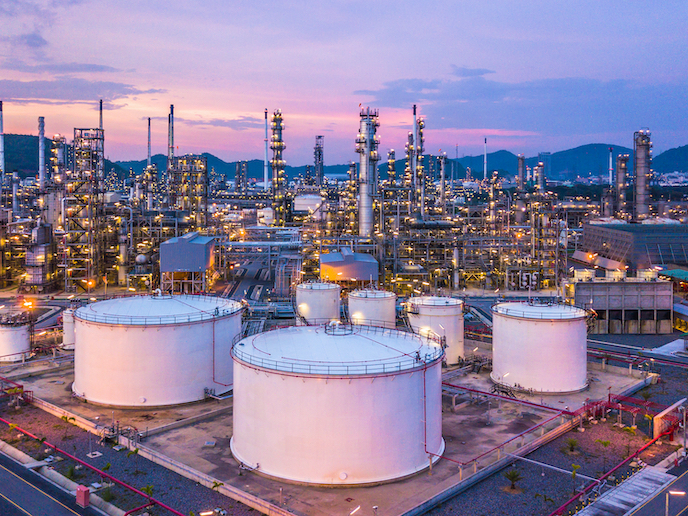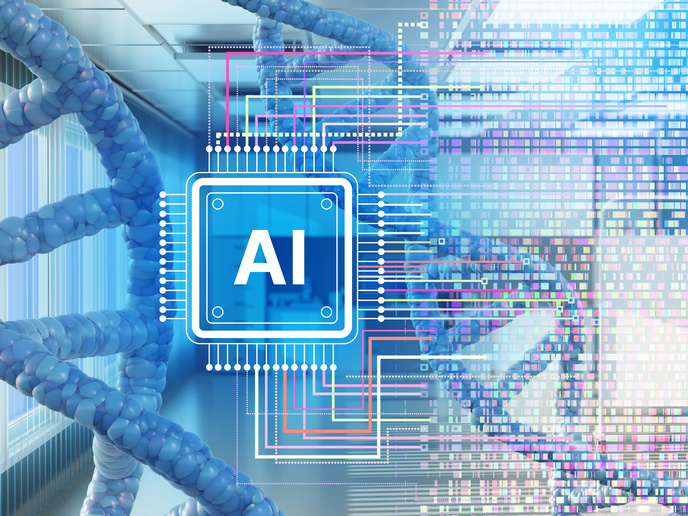Software solution to efficient chemical reactor design
The kinetics of chemical reactions(opens in new window) – the rate at which substances are converted from one state to another – is a critical field of chemistry. Understanding chemical kinetics is crucial, for example, in designing the reactors within which these chemical conversions take place. “A common application of chemical kinetics is the catalytic exhaust gas convertor,” explains SERENiTi project coordinator Joris Thybaut, professor of catalytic reaction engineering at Ghent University(opens in new window), Belgium. “This eliminates the most noxious components from vehicle exhaust gases, by converting them into less harmful components.” The design of such exhaust gas convertors and, more generally, of large-scale commercial reactors has tended to rely on years of practical experience, rather than a deeper understanding of the underlying chemistry. A key challenge for industry has been the time and cost required to build a detailed kinetic model.
Understanding chemical processes
The SERENiTi project was launched with the aim of addressing this challenge, through the development of a software tool called a ‘microKinetic Engine’(opens in new window) (µKE). This enables scientists to develop detailed kinetic models, to more accurately assess the rate of chemical reactions. An initial version of the tool had been built during a previous European Research Council(opens in new window) funded project, called ELR1K. The software however still had difficulties in solving sets of equations to describe detailed kinetics. “Nonetheless, this project enabled us to develop a graphical user interface for the µKE, and indicated where further developments were needed,” says Thybaut. “In SERENiTi, we were able to address these challenges, and ensure that the software is time-efficient.” Completed in March 2020, the project has attracted interest from several companies. Major players in the chemical sector for example have been keen to apply the tool to their own processes, in order to gain better insights and identify areas for improvement. “As I mentioned before, many chemical processes are based on practical insights and experiences,” notes Thybaut. “These inputs are invaluable, but our argument is that the development of an accurate kinetic model is critical for better process design and implementation.”
Higher chemical yields
Thybaut is confident that the innovation will help Europe’s chemical sector to optimise its processes. “More flexible reactor designs will help our companies to become more cost-competitive,” he adds. “Achieving a better understanding of chemical reactions will lead to higher product yields.” He points to Europe’s oleochemical(opens in new window) sector – chemicals derived from fats and oils – which faces stiff competition from East Asian refineries. These refineries tend to be focused on one specific feedstock – palm oil. “Better knowledge of the kinetics of refining oils from different sources could help our refineries to survive and even prosper,” he says. “Even a slight increase in yields can have a significant impact, given the narrow margins that are typically used in the chemical sector.” A follow-up ERC-funded project has been submitted and approved. Thybaut expects that the software will eventually be commercialised and licensed, and serve as the basis for a spin-off company. “As a result of the follow-up project, the long-term hope would be to establish patents in the area of crude oil to chemicals conversion,” he notes. Interest has also been expressed from the pharmaceutical sector, which also heavily employs chemical conversion processes to develop medicines and drugs. The potential, adds Thybaut, is huge: “In the end, all of us are consumers of chemical products, or drivers of cars.”







